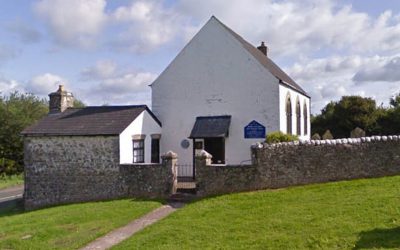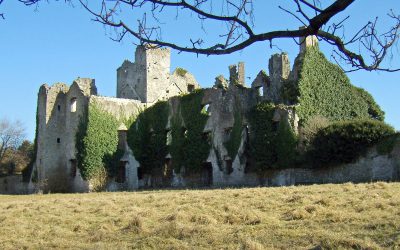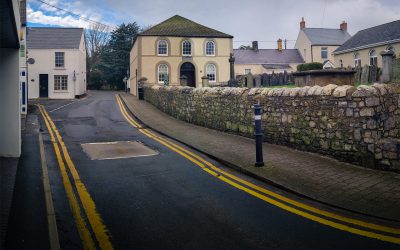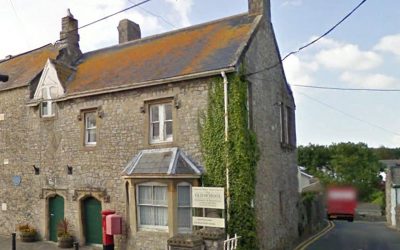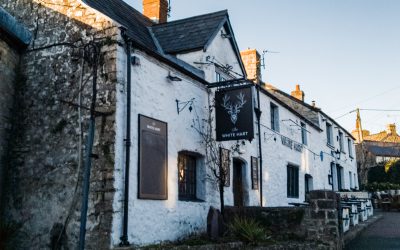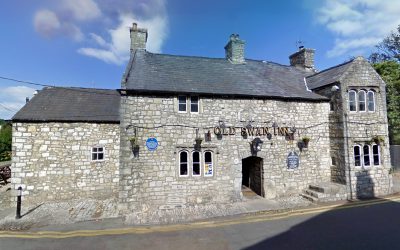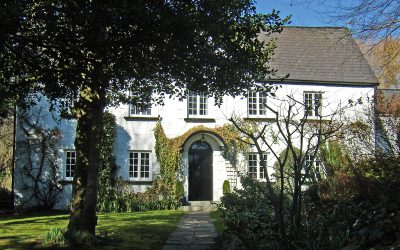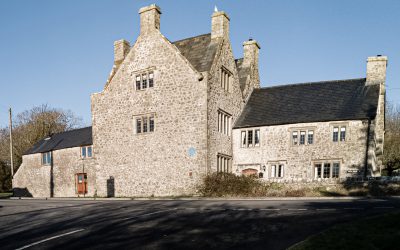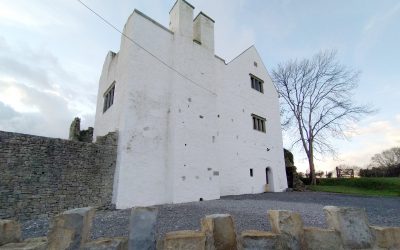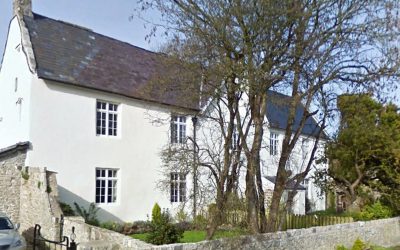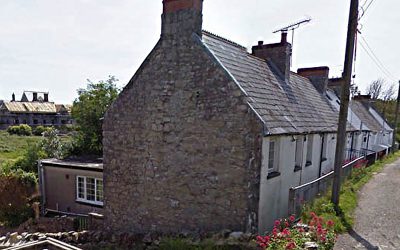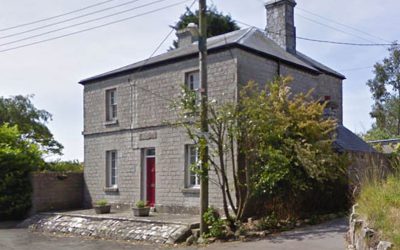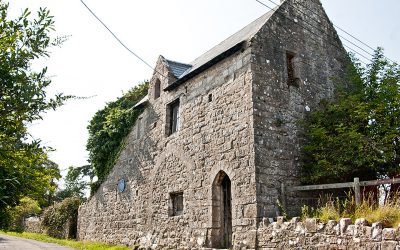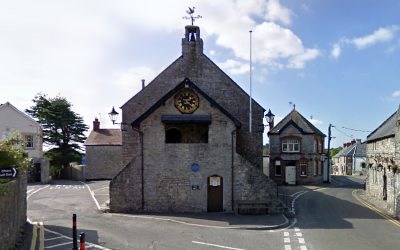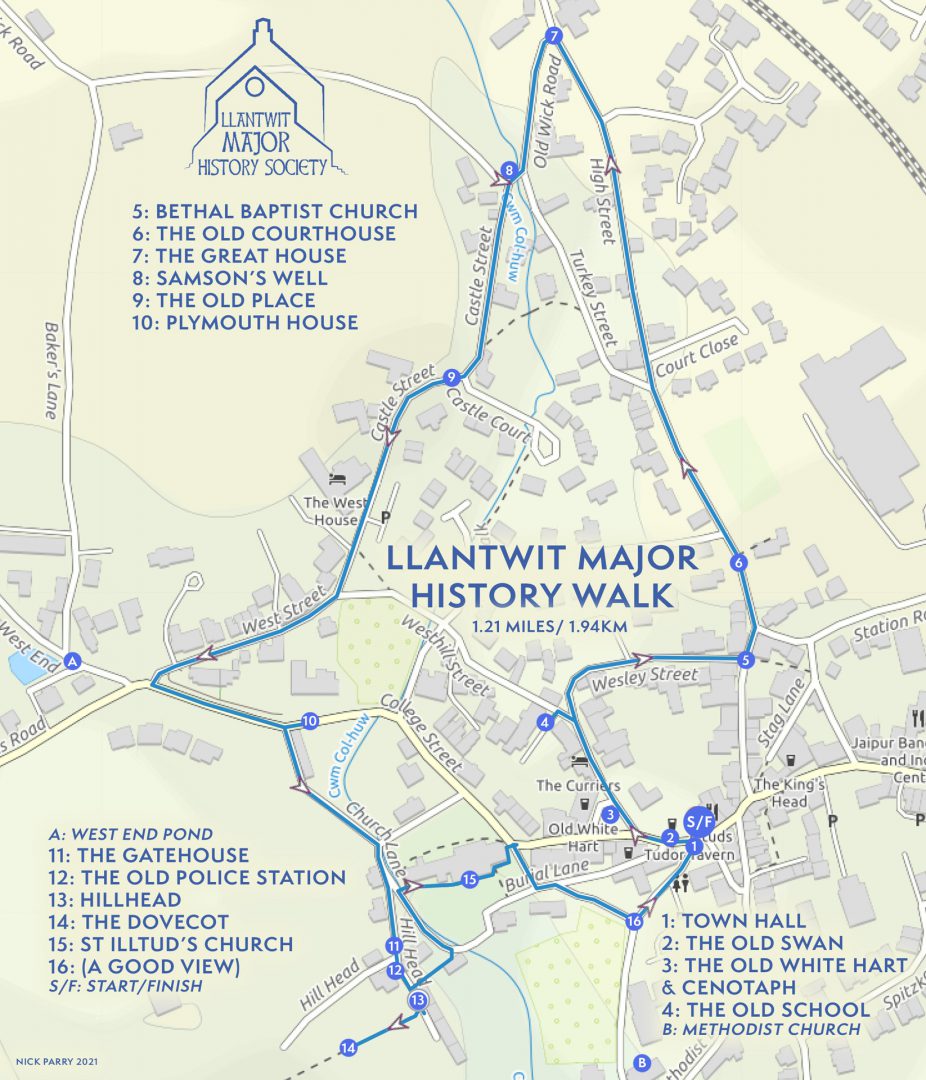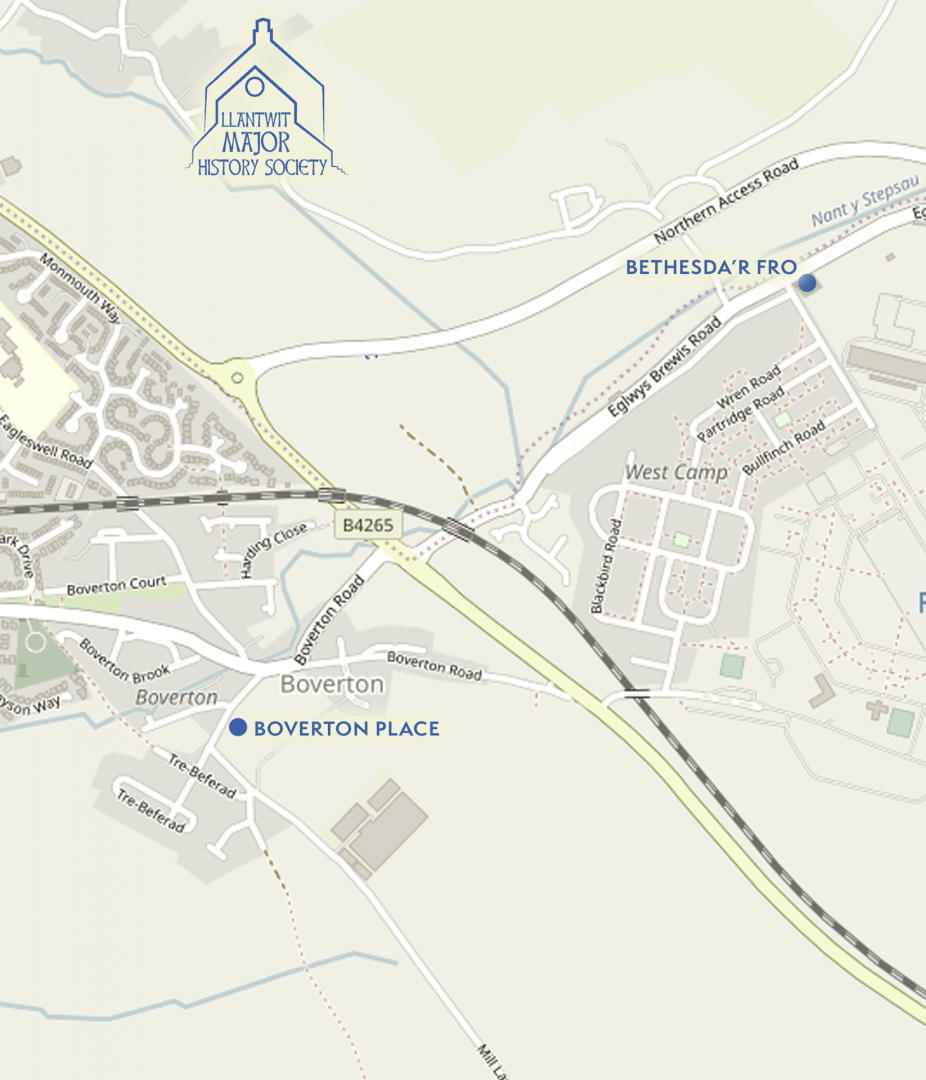This simple whitewashed building on the road to Eglwys nestles between the hangars and the housing. It was established in 1807 when Thomas William brought his congregation here from Burton, Aberthaw. The land had been purchased from Thomas Redwood for five shillings. William was a Welsh hymn writer of some repute. The chapel still holds regular services. The interior is modelled on the original and there is no electricity. The chapel is heated by a log or coal fire and lit by candles.
Boverton Place
Queen’s Attorney to the Council of Wales and the Marches in the 1590’s. It remained in the hands of the family until the last heiress Jane Seys married Robert Jones of Fonmon at which time its fixtures and fittings...


